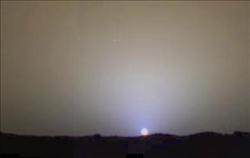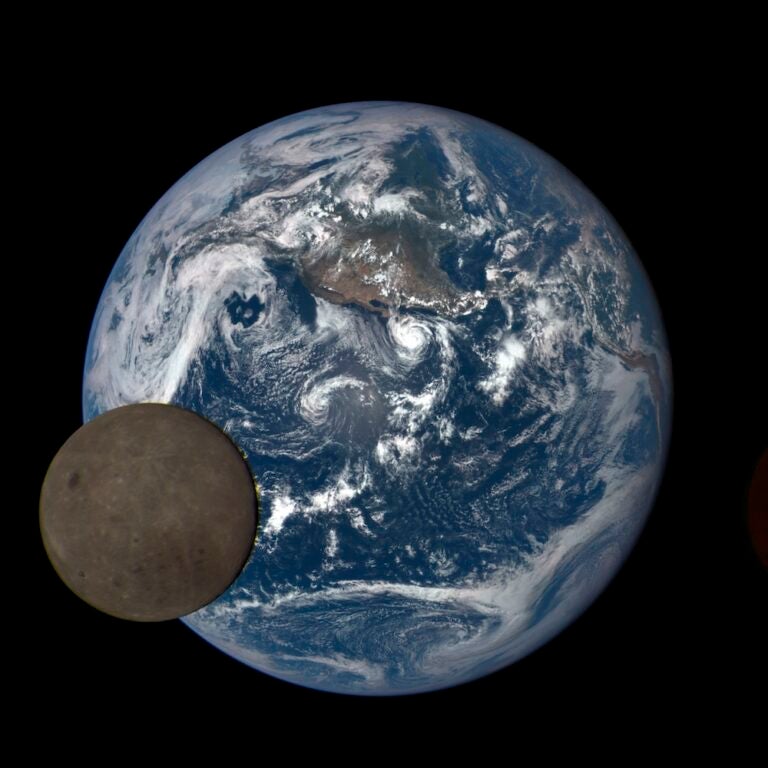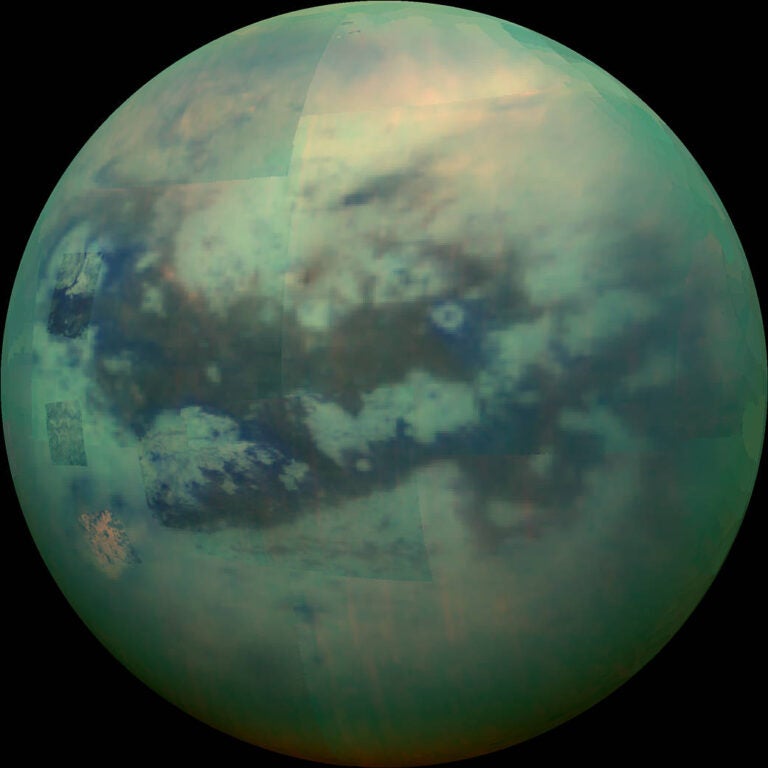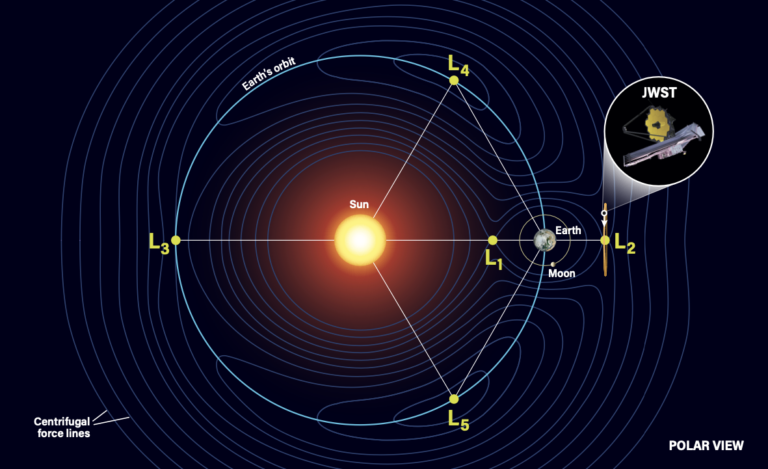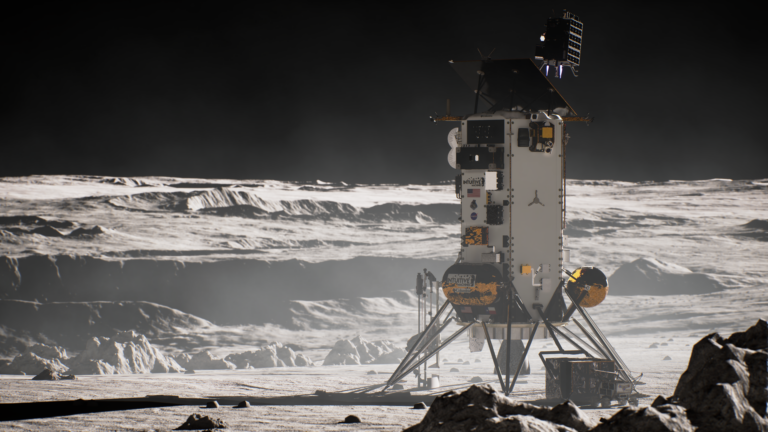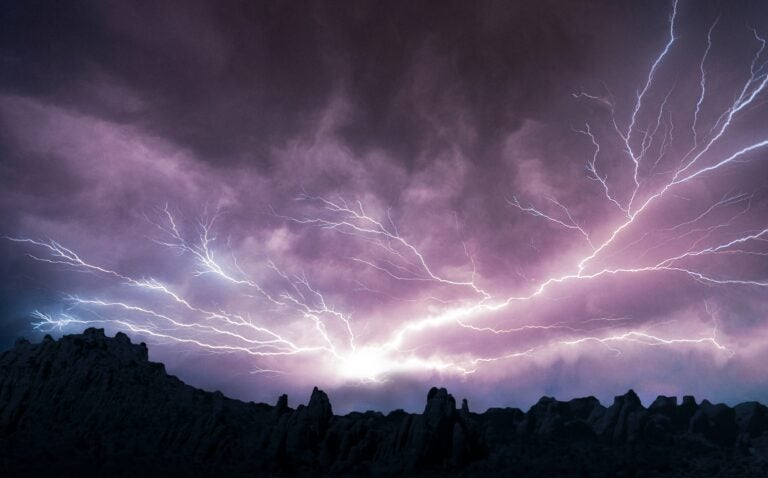Mars is constantly losing parts of its atmosphere to space. The processes driving that loss of atmosphere are not understood completely. A new study shows that pressure from solar wind pulses is a significant contributor to Mars’ atmospheric escape.
N. J. T. Edberg, University of Leicester, Leicester, United Kingdom, and Swedish Institute of Space Physics, Uppsala, Sweden, and other scientists analyzed solar wind data and satellite observations that track the flux of heavy ions leaving Mars’ atmosphere. The scientists found that Mars’ atmosphere does not drift away at a steady pace; instead, atmospheric escape occurs in bursts.
The researchers relate those bursts of atmospheric loss to solar events known as corotating interaction regions (CIRs). CIRs form when regions of fast solar wind encounter slower solar wind, creating a high-pressure pulse. When these CIR pulses pass by Mars, they can drive away particles from Mars’ atmosphere. The scientists found that during times when these CIRs occurred, the outflow of atmospheric particles from Mars was about 2.5 times the outflow when these events were not occurring. Furthermore, about one third of the material lost from Mars into space is lost during CIRs. The study should help scientists better understand the evolution of Mars’ atmosphere.

